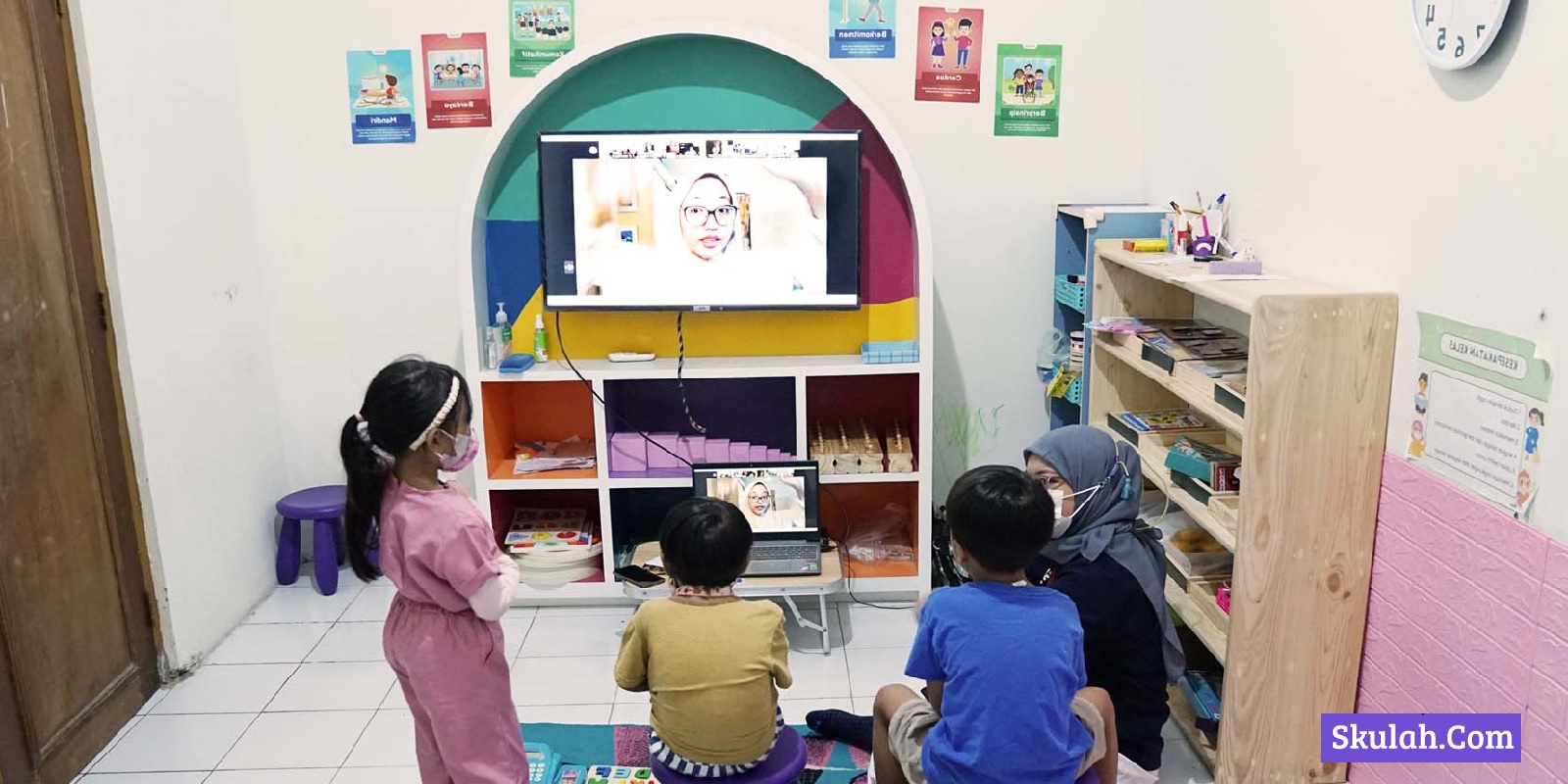Daftar Isi
The Daily Grind and the Pursuit of Purpose
The Modern Productivity Paradox: More to Do, Less Time
Today’s environment allows for endless to-do lists, notifications, and meetings that fill our time. According to a study, more than 80% of people feel overwhelmed with their current workload. However, being busy doesn’t equate to being effective. The challenge lies in ensuring that our efforts align with our goals.
Reframing “Busy” and Defining “Productive”
Busy work can make you feel accomplished, yet it isn’t always meaningful. Productivity is about achieving results that matter.
- Busy: Filling your day with tasks that feel urgent.
- Productive: Completing tasks that drive you closer to your objectives.
Setting the Stage: Why This Matters
Clarifying what being productive means helps in setting priorities. Understanding our daily intentions can greatly enhance our ability to navigate through our tasks.
Understanding Your Daily Priorities
Identifying Your Most Important Tasks (MITs)
To maximize productivity, start your day by identifying your Most Important Tasks. These are the tasks that will have the biggest impact on your goals.
- Write down 3 MITs each morning.
- Focus your energy on completing these tasks.
The Eisenhower Matrix: Prioritizing Urgency vs. Importance
Using the Eisenhower Matrix helps you break down your tasks based on urgency and importance.
- Urgent and Important: Do these right away.
- Important, Not Urgent: Schedule these for later.
- Urgent, Not Important: Delegate if possible.
- Not Urgent, Not Important: Eliminate these tasks.
Time Blocking vs. Task Batching: Which Strategy Suits You?
Both time blocking and task batching can increase efficiency.
- Time Blocking: Allocate specific time slots for tasks.
- Task Batching: Group similar tasks together.
Experiment with these methods to see which one fits your workflow better.
Mastering Time Management Techniques
The Pomodoro Technique: Focused Work in Short Bursts
The Pomodoro Technique encourages working for 25 minutes, then taking a 5-minute break. This method can help maintain focus and avoid burnout.
Time Audits and Identifying Time Wasters
Conducting a time audit can reveal where your time is spent. List out activities over a week to identify:
- What takes longer than expected.
- Where distractions creep in.
Leveraging Technology for Enhanced Productivity
Apps like Trello, Todoist, and Evernote can help organize tasks. Automate reminders and set up notifications to keep you on track.
Eliminating Procrastination and Distraction
Recognizing Your Procrastination Triggers
Identifying what triggers your procrastination is crucial. It might be the phone, social media, or even an overwhelming list of tasks.
Strategies for Overcoming Procrastination
- Break tasks into smaller chunks.
- Set deadlines for each task.
- Reward yourself after completing tasks.
Creating a Distraction-Free Workspace
A clean workspace can significantly improve focus. Minimize clutter, turn off notifications, and create a dedicated area for work.
Cultivating Focus and Mindfulness
The Benefits of Mindfulness for Productivity
Mindfulness has been shown to improve concentration and reduce stress.
- It helps in recognizing when your mind wanders.
- It encourages a state of calm that fosters creativity.
Incorporating Mindfulness Practices into Your Day
Try these mindfulness practices:
- Meditation for a few minutes each day.
- Deep breathing exercises during breaks.
- Being fully present during tasks without multitasking.
The Power of Breaks and Rest
Taking regular breaks can enhance your productivity. It’s essential to recharge, as working non-stop can lead to mental fatigue.
Measuring and Refining Your Daily Productivity
Tracking Your Progress and Identifying Areas for Improvement
Regularly assess your productivity. Keep a journal or use apps to track what works and what doesn’t.
Setting Realistic Goals and Celebrating Small Wins
Set achievable goals. Celebrate when you reach them, even if they’re small milestones. This builds motivation and confidence.
Seeking Feedback and Continuous Improvement
Feedback, whether from peers or self-reflection, is vital. Embrace critiques to refine processes and enhance productivity skills.
Conclusion: Taking Control of Your Day
Key Takeaways: Practical Steps to Maximize Your Daily Output
By understanding priorities, managing time effectively, and creating a focused environment, you can boost your productivity significantly.
The Long-Term Impact of Effective Time Management
Effective time management not only improves daily productivity but enhances overall life satisfaction.
Building a Sustainable Productivity System
Creating a sustainable productivity system is essential for long-term success. Regularly review your strategies and adjust as necessary to maintain balance and effectiveness in your daily tasks.
Taking control of your day allows you to maximize your output and find true fulfillment in your efforts. Embrace these strategies to ensure that each day counts.
















































